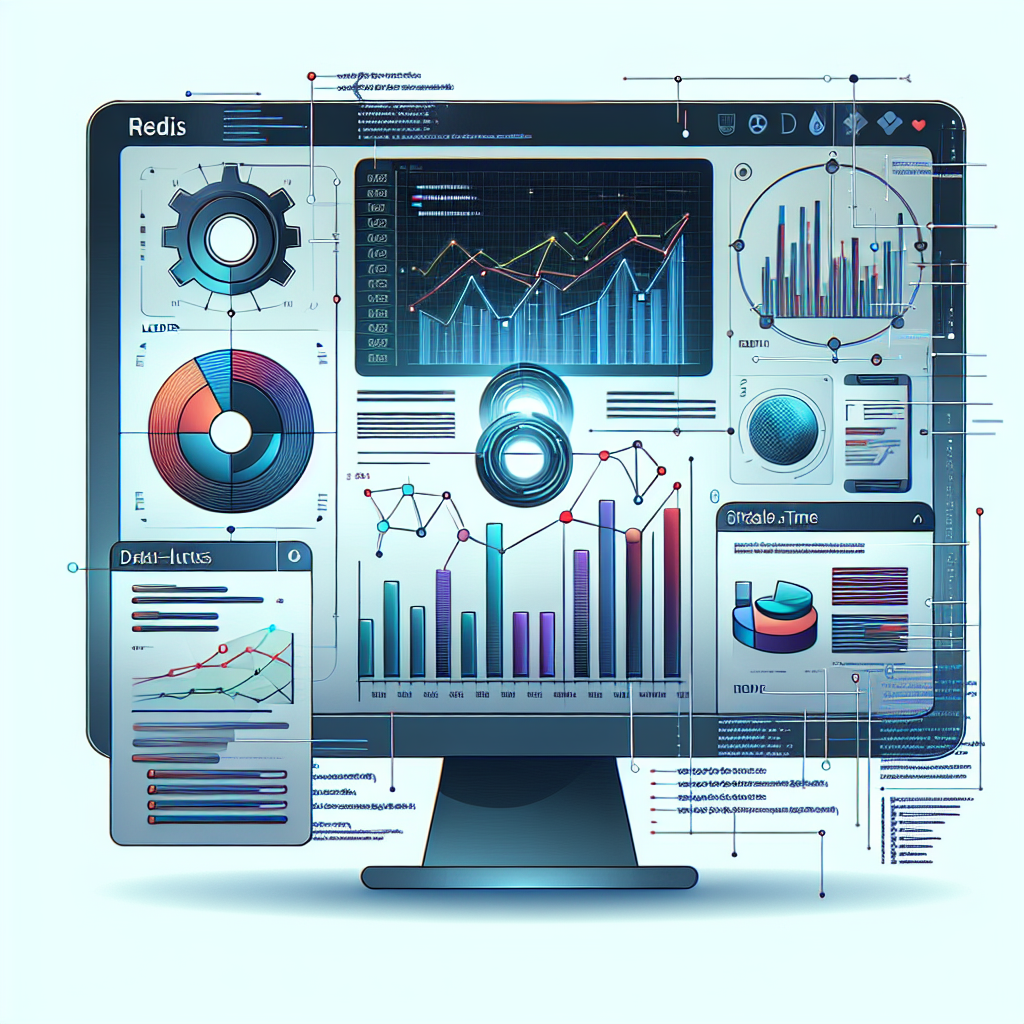Real-time analytics dashboards provide immediate insights into application performance and user behavior. Redis, with its high-speed data processing capabilities, is an excellent choice for building such dashboards. This article outlines the steps to create a real-time analytics dashboard using Redis, covering data ingestion, storage, and visualization techniques.
1. The Importance of Real-Time Analytics
Real-time analytics enable businesses to make informed decisions quickly. By providing instantaneous insights, organizations can respond to trends, user interactions, and operational changes effectively.
2. Why Choose Redis for Real-Time Analytics?
- Speed: Redis operates entirely in memory, making it ideal for fast data ingestion and retrieval.
- Pub/Sub Messaging: Redis supports publish/subscribe messaging patterns, facilitating real-time updates.
- Data Structures: Offers versatile data structures like hashes, lists, and sorted sets for efficient data modeling.
3. Setting Up Redis for Analytics
Begin by installing Redis and configuring it for your analytics needs. Ensure that you have the necessary Redis client libraries available for your programming language.
Example: Connecting to Redis in Node.js
const redis = require('redis');
const client = redis.createClient();
client.on('error', (err) => console.error('Redis Client Error', err));
4. Ingesting Data in Real-Time
Use Redis to collect and store data as it arrives. You can use the Pub/Sub feature to handle real-time data streams.
Example: Ingesting User Activity Data
client.publish('user_activity', JSON.stringify({ userId: 1001, action: 'click', timestamp: Date.now() }));
5. Storing and Aggregating Data
Store the ingested data in Redis. You can use different data structures based on your aggregation needs.
- Lists: Store time-series data for actions performed by users.
- Sorted Sets: Track user scores or engagement levels over time.
Example: Storing User Clicks in a List
client.rpush('user_clicks', JSON.stringify({ userId: 1001, timestamp: Date.now() }));
6. Real-Time Data Processing
Utilize Redis’s Lua scripting capabilities to process data in real time. Lua scripts can be executed atomically on the server, ensuring data consistency.
Example: Incrementing a User Score
EVAL "redis.call('zincrby', KEYS[1], ARGV[1], ARGV[2])" 0 'user_scores' 1 'user:1001'
7. Visualizing Data
To visualize the data on your dashboard, retrieve aggregated results from Redis and display them using a frontend framework (e.g., React, Vue.js).
Example: Retrieving User Scores
client.zrevrange('user_scores', 0, 10, 'WITHSCORES', (err, res) => {
// Process and display data on the dashboard
});
8. Setting Up a Real-Time Dashboard
Use a frontend framework to create a responsive dashboard. Implement WebSockets or long-polling to receive real-time updates from the Redis Pub/Sub system.
Example: Using WebSockets for Updates
const WebSocket = require('ws');
const ws = new WebSocket('ws://localhost:8080');
ws.onmessage = (event) => {
// Update the dashboard with new data
};
9. Monitoring and Scaling
Regularly monitor Redis performance to handle increased loads as your application grows. Use Redis clustering to distribute the load across multiple nodes.
INFO memory # Monitor memory usage
10. Conclusion
Building a real-time analytics dashboard with Redis is a powerful way to gain insights into user behavior and application performance. By leveraging Redis’s speed and versatile data structures, you can create an efficient and responsive dashboard that provides real-time data visualization.








